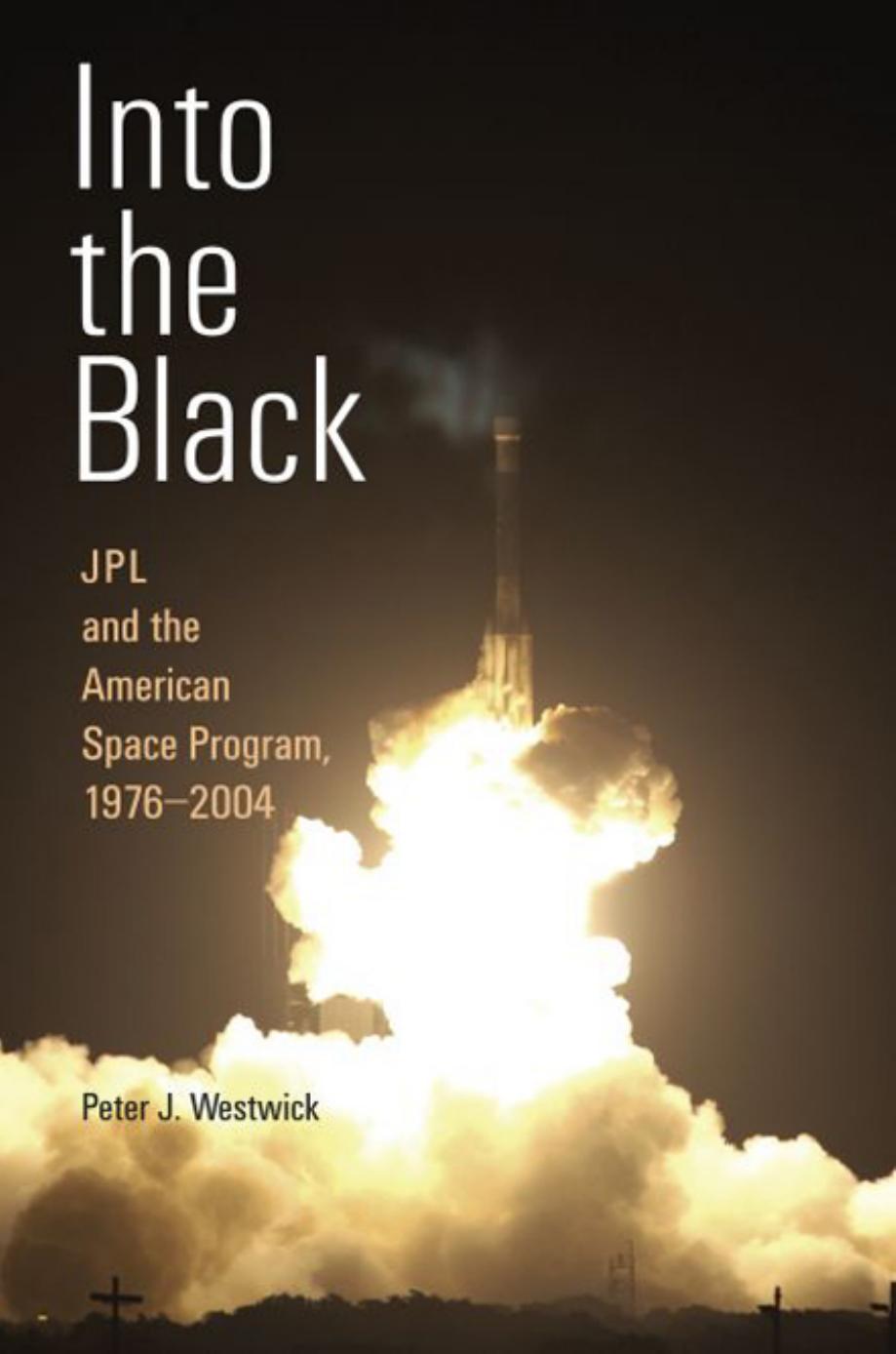Into the Black: JPL and the American Space Program, 1976-2004 by Peter J. Westwick

Author:Peter J. Westwick
Language: eng
Format: mobi, epub, pdf
Tags: 9780300110753
Published: 0101-01-01T00:00:00+00:00
Reengineering JPL • 233
Figure 15.1. The fi ve pillars of quality in Total Quality Management. Source: JPL
165, 2/18.
tems engineering that had supported JPL for thirty years. Project managers were often hard-driving autocrats; as Voyager manager Norm Haynes put it, they “were culled out to be sort of rugged individualists.”32 The otherwise good-natured John Casani, the epitome of the breed, was also known as the “Ayatollah Casani.” At one point a consultant gave a personality test to senior managers; at one end of the scale were the counselor types, such as the professorial Stone, and at the other were what Casani called the “leg breakers,” including himself.33 Deputy director Pete Lyman, who himself was said to “manage by embarrassment,” appreciated some aspects of TQM but viewed Laeser’s initiative as a token effort. As Laeser recalled: “Pete didn’t expect that the outcome of this was going to be—to put it quite bluntly—a clear statement that we didn’t want to manage the way Pete Lyman managed anymore. . . . Command-and-control was out. That was really the bottom line. Teams were in.” Lyman soon retired and Stone replaced him with Larry Dumas, who proved sympathetic to the new approach.34
234 • The Stone Years, 1991–2001
By 1995 the perception prevailed among JPL staff “that little progress has been made since TQM.”35 Larry Dumas recalled the whole initiative as
“god-awful painful,” a sentiment seconded by Laeser: “It was a tooth- pulling exercise, because the executive council were all people who had grown into the position that they had [by] doing things a certain way. And now they were being asked to lead the laboratory in doing things a different way. And there was major resistance— major resistance. And that’s the story for the next decade.”36
One of the hang-ups for TQM had been its use of fl ow charts to diagram processes. A Laeser memo of 1993 reported: “The JPL culture does not typically think of work as a process with a fl ow that can be diagramed.
Thus, even with TQM pressure to fl owchart, deep-rooted culture drives
[ JPL staff] to resist it.”37 Despite this sentiment, Stone and Laeser turned to a new philosophy that made fl owcharts and processes a fundamental principle.
Laeser had recently come across the theory of “process-based management,”
the centerpiece of a movement in the 1990s that Michael Hammer and other management-consulting gurus called “reengineering the corporation.”38 He came away a convert and became, in his own words, “a disciple of Mike Hammer.” Laeser brought the gospel to Stone, who agreed to reengineer JPL.39
Reengineering shared several attributes with TQM and could be seen as one more step of “continuous improvement.” Dumas recalled the executive council’s sense that “we’ve gotten about all we’re going to get out of TQM—let’s focus on reengineering as a possible mechanism for taking us to the next level.”40 Employees, however, viewed reengineering as “the fad de jour,” according to a staff report: “many fail to see any common thread between TQM and reengineering and some believe that reengineering is a replacement for failed TQM.
Download
Into the Black: JPL and the American Space Program, 1976-2004 by Peter J. Westwick.epub
Into the Black: JPL and the American Space Program, 1976-2004 by Peter J. Westwick.pdf
This site does not store any files on its server. We only index and link to content provided by other sites. Please contact the content providers to delete copyright contents if any and email us, we'll remove relevant links or contents immediately.
| Aerodynamics | Aircraft Design & Construction |
| Astronautics & Space Flight | Avionics |
| Gas Dynamics | Propulsion Technology |
Whiskies Galore by Ian Buxton(40332)
Introduction to Aircraft Design (Cambridge Aerospace Series) by John P. Fielding(32338)
Small Unmanned Fixed-wing Aircraft Design by Andrew J. Keane Andras Sobester James P. Scanlan & András Sóbester & James P. Scanlan(32141)
Craft Beer for the Homebrewer by Michael Agnew(17446)
Turbulence by E. J. Noyes(7039)
The Complete Stick Figure Physics Tutorials by Allen Sarah(6638)
Kaplan MCAT General Chemistry Review by Kaplan(6054)
The Thirst by Nesbo Jo(5785)
Bad Blood by John Carreyrou(5769)
Learning SQL by Alan Beaulieu(5412)
Weapons of Math Destruction by Cathy O'Neil(5037)
Man-made Catastrophes and Risk Information Concealment by Dmitry Chernov & Didier Sornette(4736)
iGen by Jean M. Twenge(4702)
Digital Minimalism by Cal Newport;(4541)
Life 3.0: Being Human in the Age of Artificial Intelligence by Tegmark Max(4507)
Audition by Ryu Murakami(4099)
1,001 ASVAB Practice Questions For Dummies by Powers Rod(4038)
Electronic Devices & Circuits by Jacob Millman & Christos C. Halkias(4027)
Pale Blue Dot by Carl Sagan(4001)
